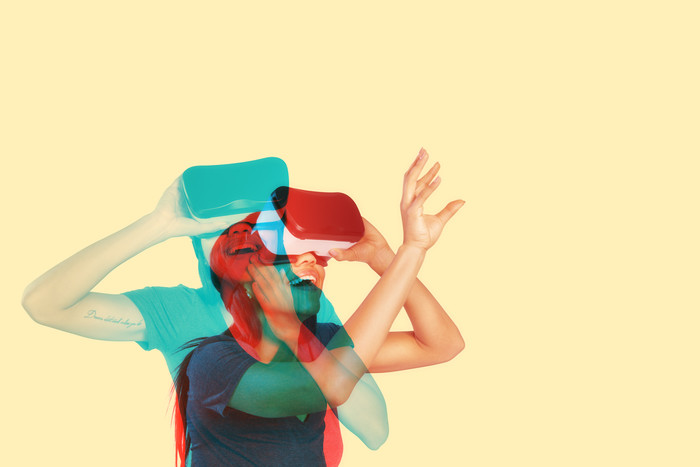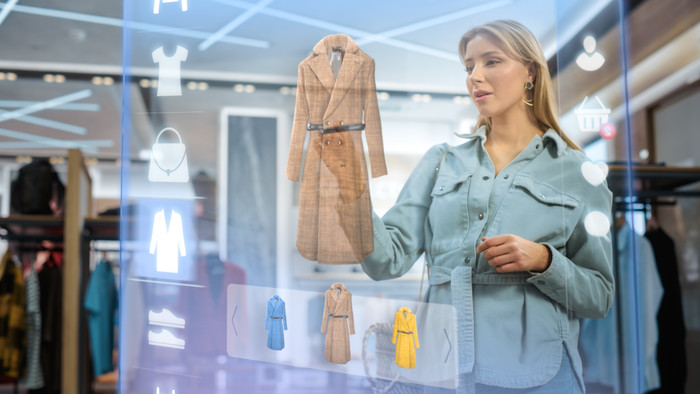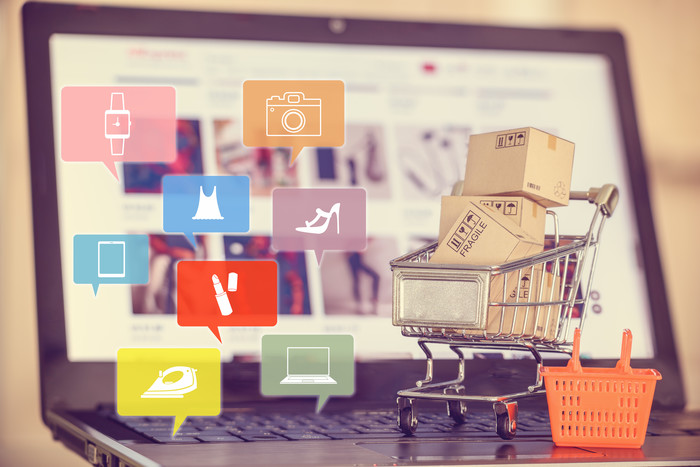Experiential retail is the future. “When it comes to in-store shopping, the experience counts just as much as the sale,” explains Francesca Nicasio in an article for the trade group ICSC. She adds that retailers should not think of stores as a place to hold inventory but instead as “a space for consumers to be immersed in your brand identity and story.”
Generative artificial intelligence, smart mirrors, augmented reality and virtual reality are a few of the emerging technologies that make experiential retail possible. Here’s how these technologies are making shopping more immersive and inviting — and ultimately more profitable:
Click the banner to learn about the comprehensive IT solutions modernizing the retail experience.
1. Virtual Reality and Augmented Reality
Both VR and AR are immersive tools for shoppers, integrating the digital world with the physical one. They offer consumers the convenience of at-home shopping coupled with the tangible immediacy of an in-store experience.
For example, VR headsets and controllers allow users to enter a virtual store, where they can “try on” clothing and accessories on a representation of their own bodies, built using 3D measurement technology.
LEARN: Everything you need to know on augmented reality and virtual reality.
AR goes a step further, superimposing digital information onto the real-world landscape through smartphone apps and wearable devices. This enables shoppers to visualize how retailers’ products would fit into their existing environments — for example, by placing standing desks or computer monitors into their own homes to gauge dimensions and scale.
Illustration of virtual reality headset technology. Credit: janiecbros / Getty Image.
2. Smart Mirrors and Interactive Displays
Smart mirrors and interactive displays are also bridging the digital divide by allowing consumers to try on digital versions of clothes from home. Other interactive displays powered by AR mirrors offer a digitally applied effect to users’ images. In Europe, for example, a promotional tool for Mugler’s Angel Elixir fragrance overlays an ethereal digital constellation in the mirror once a shopper sprays the perfume. In another brand example, Chanel partnered with Farfetch to take shoppers on a journey in the fitting room, bringing up footage of the runway to showcase styling suggestions and product details for the items in hand.
Much of this is made possible by radio frequency identification, which uses electromagnetic sensors to integrate with smart mirrors. From there, RFID can display information related to the tagged item, such as clothing specifications or virtual try-on options, to enhance a user’s shopping experience.
Image of 3D augmented reality "smart mirror" in a retail store. Credit: gorodenkoff / Getty Images.
3. Artificial Intelligence and Product Recommendations
Artificial intelligence already has a significant place in retail, from inventory management to customer service chatbots. But AI’s personalized product recommendations are guiding consumers through omnichannel environments, helping with purchasing decisions and fostering a smooth transition between online and offline shopping.
Using a complex set of algorithms, AI analyzes consumer data, looks for trends based on past purchasing behaviors and curates customized product recommendations. A few minutes into shopping, an AI-powered recommendation will populate a related product on a user’s screen for consideration. According to McKinsey, 71 percent of consumers have come to expect these suggestions and say this added feature gives them a more guided, interactive shopping journey.
Omnichannel experience with AI-driven product recommendations. Photo credit: William_Potter / Getty Images.
UP NEXT: The retail solutions and services that can help your business.
Each of these emerging technologies offers a bit of the “surprise and delight” factor that retailers need and rely on. But these tools also remind shoppers that they are valued and appreciated. Research from Forrester indicates that this act of creating an enjoyable experience cultivates a sense of customer appreciation, loyalty and repeat sales. Deploying any of these technologies can help a retailer succeed.














